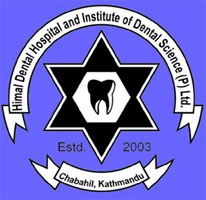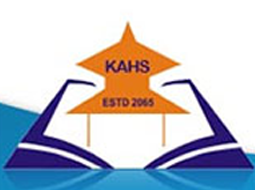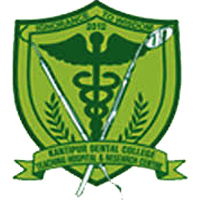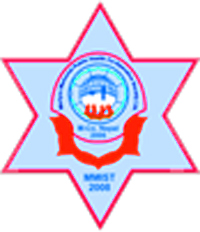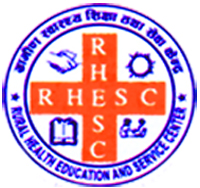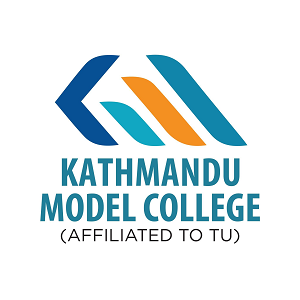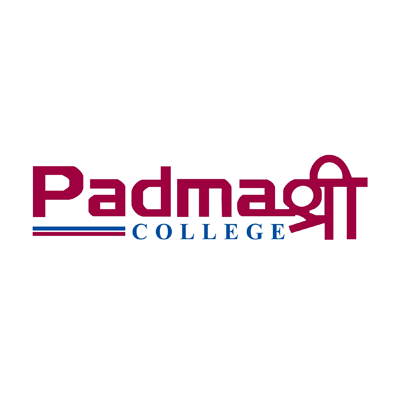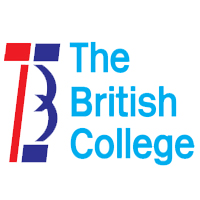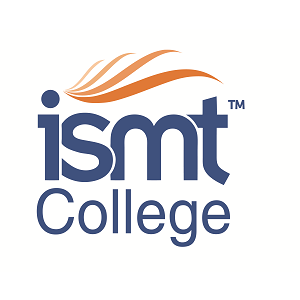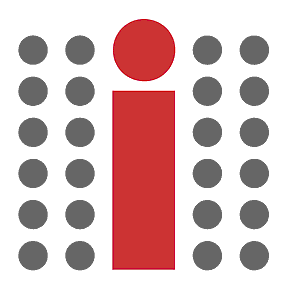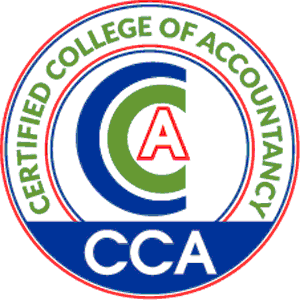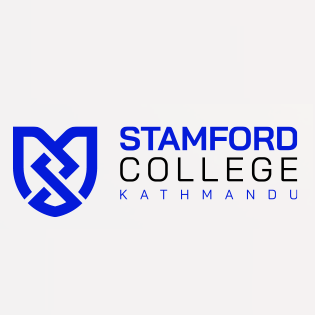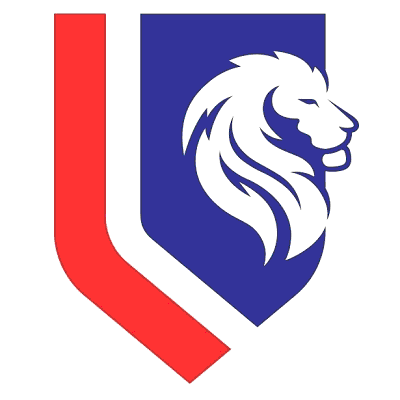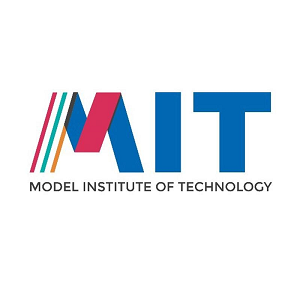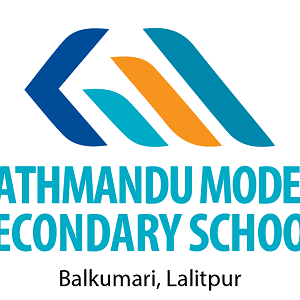Overview
Overviews of Certificate in Diagnostic Radiography at School of Medical Sciences (SMS), Kathmandu, Nepal (affiliated with CTEVT)
The Certificate in Diagnostic Radiography at the School of Medical Sciences (SMS), Kathmandu, is a specialized three-year program designed to train students in the field of medical imaging. Affiliated with the Council of Technical Education and Vocational Training (CTEVT), this program ensures that students receive a high-quality education that meets national standards in technical and vocational education.
Program Highlights:
- Comprehensive Curriculum: The curriculum covers essential aspects of diagnostic radiography, including anatomy, radiographic techniques, radiation physics, patient care, and imaging technology. This robust curriculum prepares students to handle various diagnostic imaging procedures effectively.
- Practical Experience: Students gain hands-on experience in hospital radiology departments, diagnostic centers, and clinics under the supervision of experienced professionals. This practical training ensures that students are well-prepared to enter the workforce with the necessary skills and knowledge.
- Modern Teaching Methods: SMS employs innovative teaching methods such as group discussions, conceptual learning, and the use of advanced pedagogical tools like PowerPoint presentations, animations, and virtual labs to enhance the learning experience.
- Seminars and Workshops: Regular seminars and workshops are organized to keep students updated on the latest advancements in radiographic technology and to develop their professional skills.
- Qualified Faculty: The program is conducted by highly qualified and experienced faculty members dedicated to providing quality education and support to students.
- State-of-the-Art Facilities: SMS is equipped with modern infrastructure, including advanced imaging laboratories and a well-stocked bookstore, to support practical learning and self-education.
Career Prospects:
Graduates of the Certificate in Diagnostic Radiography program have numerous career opportunities in various healthcare settings, including:
- Hospitals and Clinics: Working as radiographers, graduates perform diagnostic imaging procedures to assist in the diagnosis and treatment of medical conditions.
- Diagnostic Centers: Employment in specialized diagnostic imaging centers where advanced imaging technologies are used.
- Research Institutions: Opportunities to work in research settings, contributing to the development of new imaging techniques and technologies.
- Educational Institutions: Graduates can pursue careers in teaching and training future radiographers.
Scope and Objectives:
- Scope: The demand for skilled radiographers is increasing in both urban and rural healthcare settings. Graduates can work in diverse environments, including hospitals, private clinics, and diagnostic centers, contributing to the accurate diagnosis and effective treatment of patients.
- Objectives:
- Provide Quality Education: Equip students with the theoretical knowledge and practical skills necessary for a successful career in diagnostic radiography.
- Promote Professional Growth: Develop students' professional skills through continuous education and hands-on training.
- Enhance Patient Care: Train students to provide high-quality patient care and ensure the safety and comfort of patients during diagnostic procedures.
- Support Healthcare Needs: Contribute to the healthcare system by producing competent radiographers who can meet the growing demand for diagnostic imaging services.
Enrollment Details:
- Seats Available: 30
- Duration: 3 Years
- Admission Requirements: Applicants must meet the minimum educational qualifications as prescribed by CTEVT and submit all necessary documents during the application process.
The Certificate in Diagnostic Radiography at SMS offers a comprehensive education and training experience, preparing students for a rewarding career in the medical imaging field. With a focus on practical skills, modern teaching methods, and professional development, SMS ensures that its graduates are well-equipped to meet the challenges of the healthcare industry.
Contact School of Medical Sciences (SMS)'s administrative office for detailed information on the Certificate in Diagnostic Radiography course, including fees, scholarships, facilities, counseling, eligibility criteria, etc



